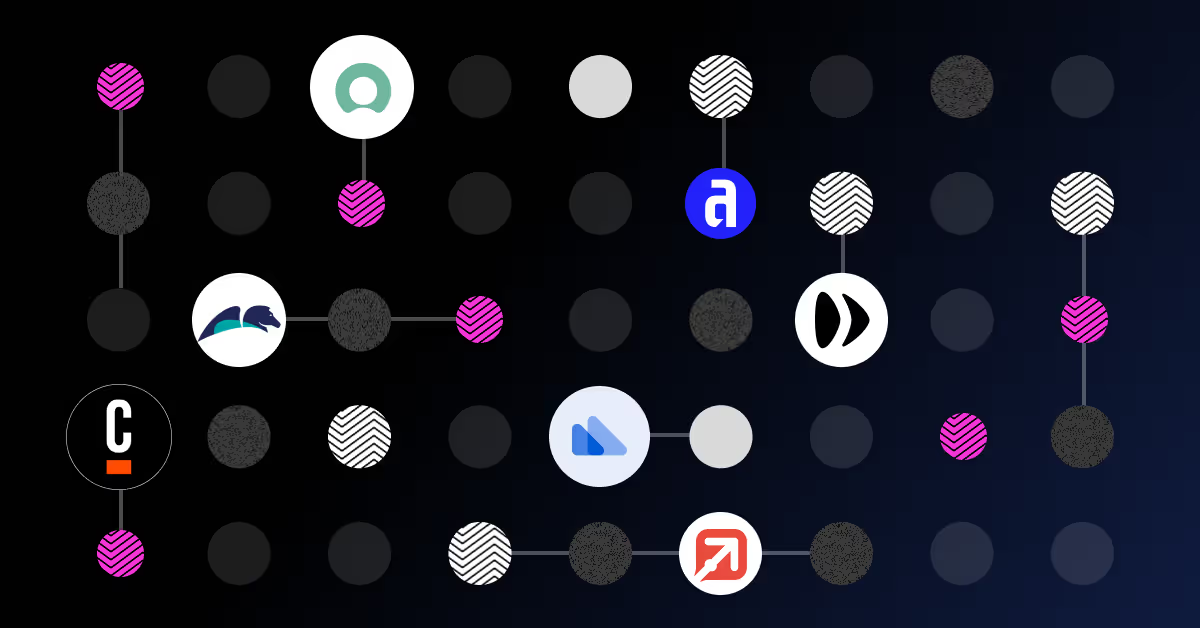Improving operational efficiency in finance & accounting

“Almost three quarters (72%) of CFOs and finance leaders said their finance team spends more time policing expense reports than analyzing trends and areas of improvement.”
Appzen
Rapid modernisation and digital transformation are sweeping the financial domain. This has prompted accounting and finance departments to rethink their operational procedures, a shift that has been expedited by the switch to remote working in recent years.
Among the challenges that organizations are facing are outdated and slow finance processes, lack of automation and the great impact these inefficiencies have on the wider organization.
The goal is to facilitate finance & accounting process efficiency, whilst ensuring the human workforce and automation technologies work together seamlessly. We’re going to take a look at some of the tools and approaches that can be harnessed to achieve this.
What is operational efficiency in finance and accounting?
Complex vendor relationships, lack of automation, and outdated processes are among the most prevalent issues in the finance and accounting sector. These challenges cause rampant inefficiency and a wide margin for error – overall, this means poor operational efficiency. Formulating a strategy to address all of these concerns involves enlisting the right technology, one that can automate effectively and streamline procedures from start to finish.
Improving operational efficiency in finance and accounting
Whether your finance and accounting department is big or small, there are likely some processes that could be improved. So if you’re struggling to ensure your operations run smoothly, use these tried and tested tactics to boost efficiency.
.avif)
Tactic 1: Automating invoice processes
Processing invoices manually is a slow and arduous task which leaves too much room for mistakes. Human error, duplicate invoices and data discrepancies are the main culprits, all of which have an impact on cash flow.
What’s more, it requires unnecessary labor when employees' time could be better spent elsewhere. Automating this process guarantees accuracy and regulatory compliance. Plus, it provides greater transparency over liabilities, resulting in quicker approval of invoices.
Tactic 2: Vendor relationship management
A strong vendor relationship can be a crucial business advantage. The biggest threat to the success of this relationship is the improper handling of vendor data. When you’re managing multiple vendor relationships, involving numerous projects and systems, data silos are created and data security can be compromised.
The solution to this is centralized data storage and management. Utilizing this tool makes it easier to onboard vendors, monitor risk analysis and adhere to data governance policies. Vendor data is therefore more secure and your relationship is protected.
Tactic 3: General Ledger Accounting & Reconciliation
General ledgers (GL) have long been used by companies to keep track of their inflow and outflow of cash. However, GLs are often a big cause of departmental inefficiency. They contain vast quantities of data, which numerous personnel are able to access and edit.
Reconciliations are time-consuming and require meticulous scrutiny. Despite this, mistakes and oversights do happen. Once again, automation is the answer. It increases the accuracy of the data whilst reducing the time and cost that goes into recording and maintaining it.
Tactic 4: Purchase Order Management
One of the worst offenders for creating business bottlenecks is manual purchase order processing. It’s the enemy of tight deadlines, due to the use of paper-based filing systems, emails or spreadsheets. This means long processing times and avoidable delays.
There are too many points at which the process can grind to a halt, such as technical problems or staff not keeping up with the workload. A business management tool eliminates these issues, greatly improving processing speed for a far more efficient procedure.

Tactic 5: Intercompany Accounting
A key area to focus on improving operational efficiency is inter-company accounting. It’s a notoriously labor and data-intensive process, which is highly susceptible to errors. It’s also hampered by a lack of visibility across the wider business and the use of multiple systems, especially during the course of an acquisition or merger.
This is where a centralized platform can benefit you. The flow of data is streamlined and greater transparency is provided over all inter-company transactions. The process is greatly simplified, making your life much easier.
Tactic 6: Processing Payments
Let’s revisit your vendor relationships again. There’s nothing that will turn them sour like a delayed or missed payment. Not only that, you run the risk of held-up deliveries or in a worst-case scenario, provoking them into ending your business relationship.
With that in mind, you need your payment processing operations to be airtight. Part ways with old legacy systems or manual procedures and say hello to a modern workflow management tool. The process will be far swifter and you’ll have one less thing to worry about.
Tactic 7: Integrating technology and legacy systems
Many organizations are still depending on legacy systems for their core finance procedures. While digital transformation is driving change in many areas, there is a need for innovative technologies that can be integrated into existing systems.
The issue here is compatibility. However, the answer lies in deploying a technology-agnostic platform. For those not in the know, that means software capable of running on any amalgamation of underlying architecture and operating system.
Tactic 8: Intelligent automation
The finance sector is embracing automation for the significant improvements it delivers in efficiency. However, robot technologies lack human judgment and are vulnerable to exceptions. It can also be difficult to make informed decisions about which technology is best suited for you.
Another cause for concern is the lack of oversight or communication between AI and human workers. A versatile process orchestration platform, which always keeps a human in the loop, is an ideal solution to these problems.
Case study: TMF Group saved £32m using Enate
TMF Group is a global organization providing accounting, corporate secretarial, HR administrative, and capital services to businesses in over 50 countries.
Their end-customer requests – call centre tickets, email, and self-service – were scattered over different channels. This made it difficult to have clear oversight and keep track of enquiries, causing a detrimental effect on service and an inefficient use of resources.
Enate’s end-to-end solution provided the answer and TMF approached us to centralize all communications and tasks on one system. What’s more, they aimed to introduce UIPath RPA bots to automate repetitive tasks and give time back to their teams to focus on higher-value work.
The result
Enate consolidated TMF service requests onto the platform so everything was in one place. Our system is technology agnostic and wrapped around TMF’s existing tech stack to integrate with other systems.
Their 4,500 users can now communicate and work on one platform. With every user working to the same system, tasks can be easily tracked, problems are dealt with swiftly, service is consistent, and the whole team can work more productively.
Within 6 months of using Enate, TMF achieved:
- 22% increase in operational efficiency
- 33% improvement in customer satisfaction
- £32m in margin improvement
- 22% reduction in process cycle times
Read the full TMF case study to find out more.
About us
Enate is the all-in-one workflow orchestration platform for running smooth operations. Using Enate, financial leaders can manage and distribute work based on skills and competency, automate repetitive tasks and gain peace of mind that work is delivered, on time. Enate’s powerful reporting feature gives leaders X-ray vision into their operations so they can plug operational gaps and achieve excellence. In terms of results, Enate customers typically see a 20% efficiency saving within 3 months of using the platform.





